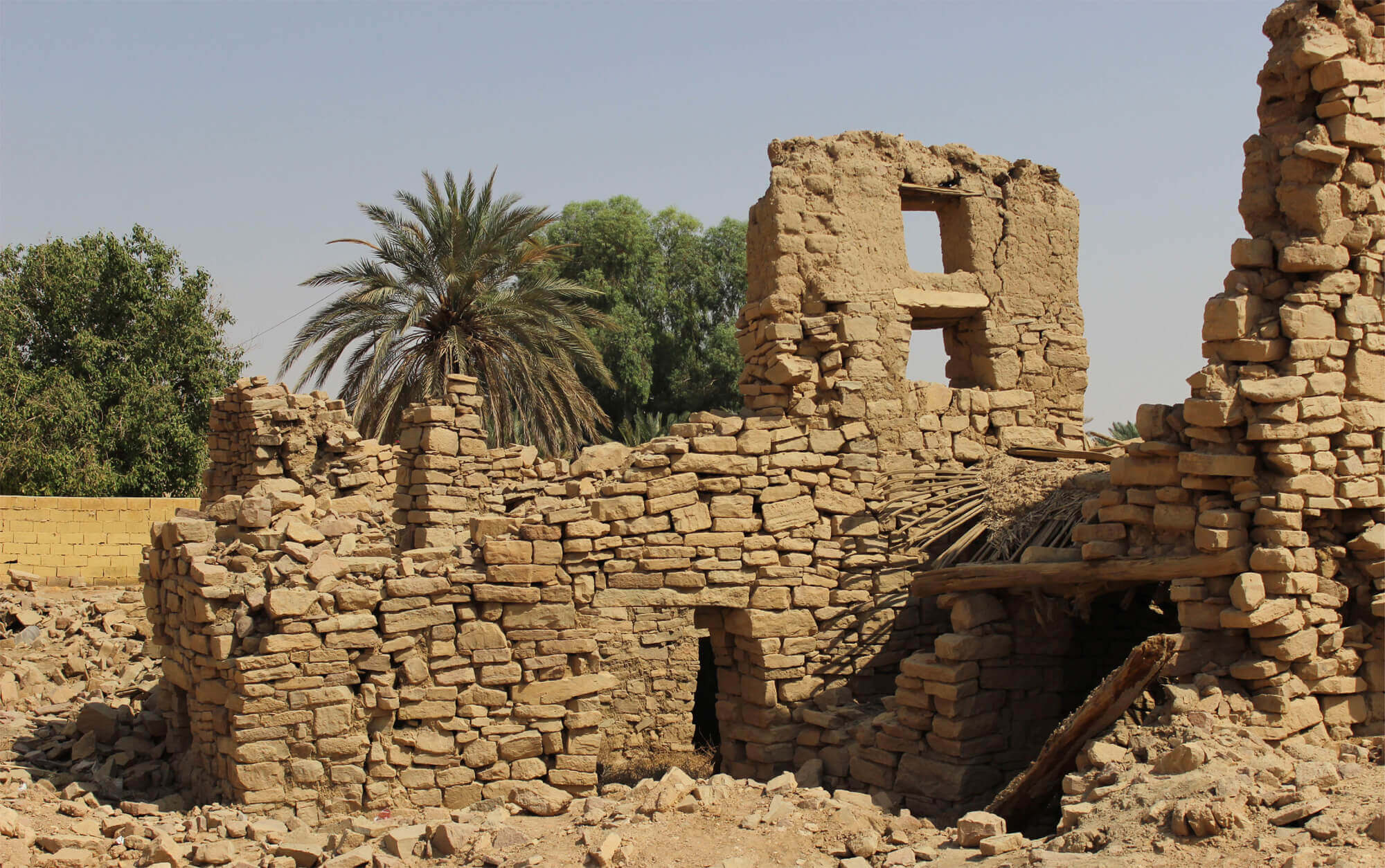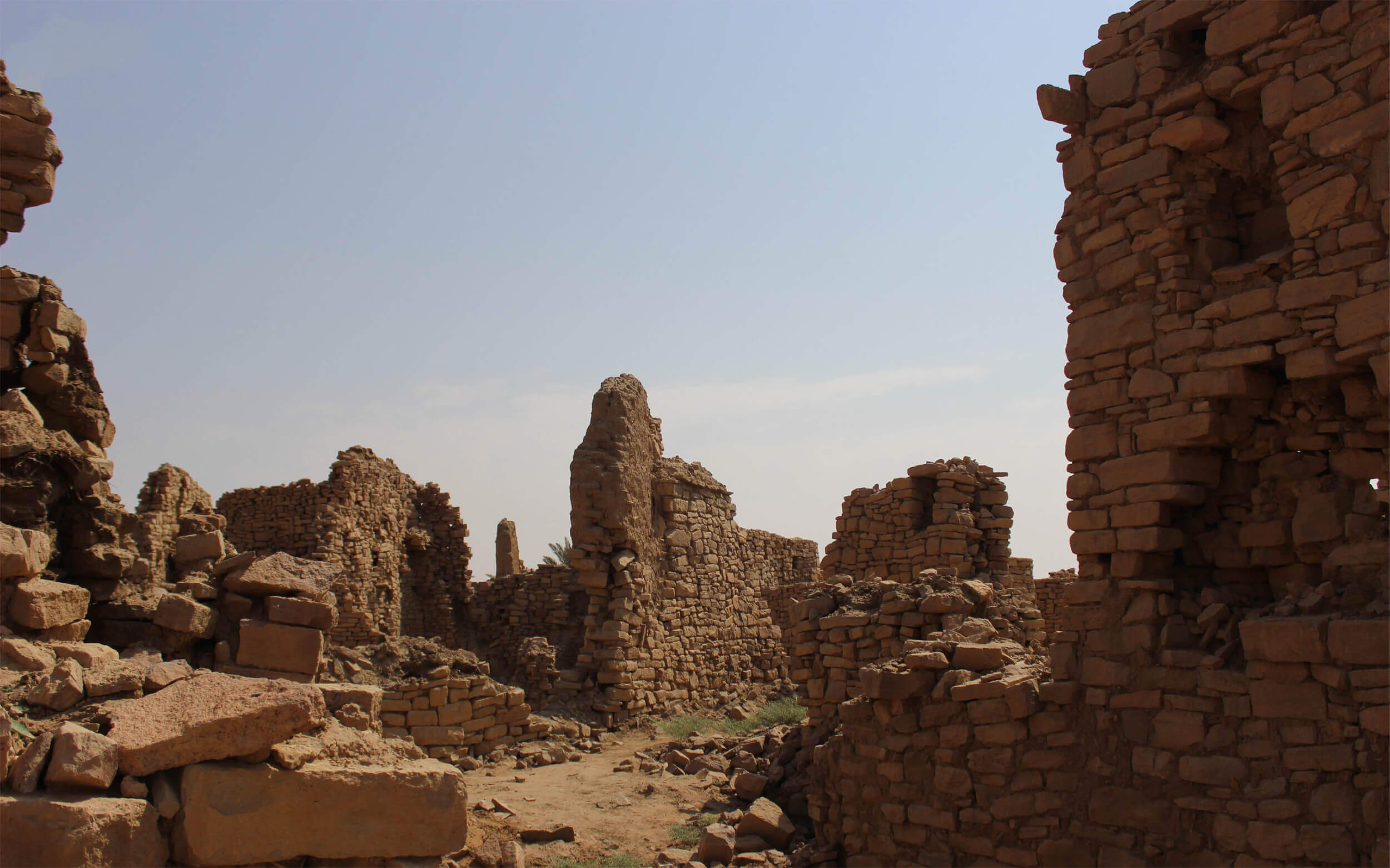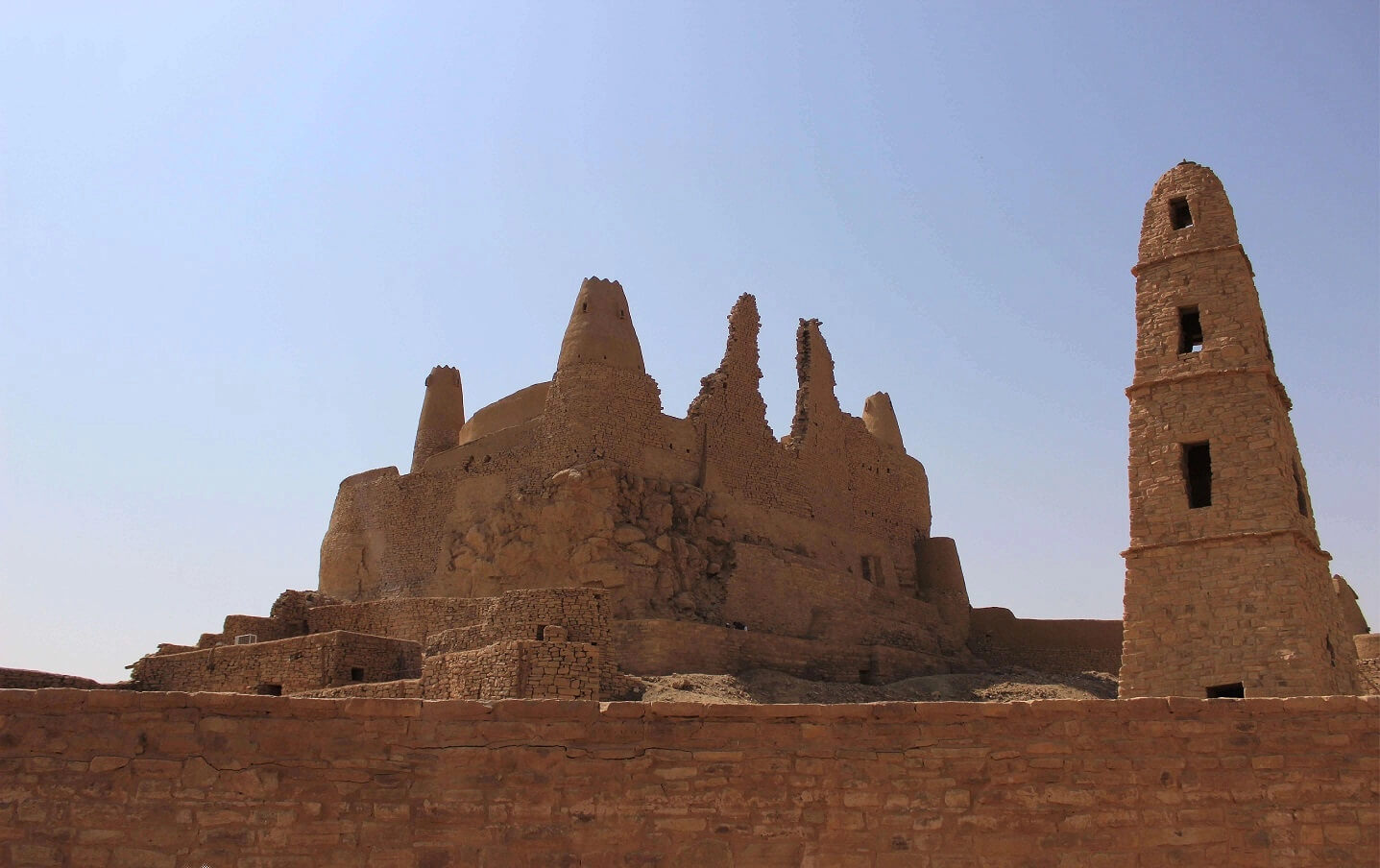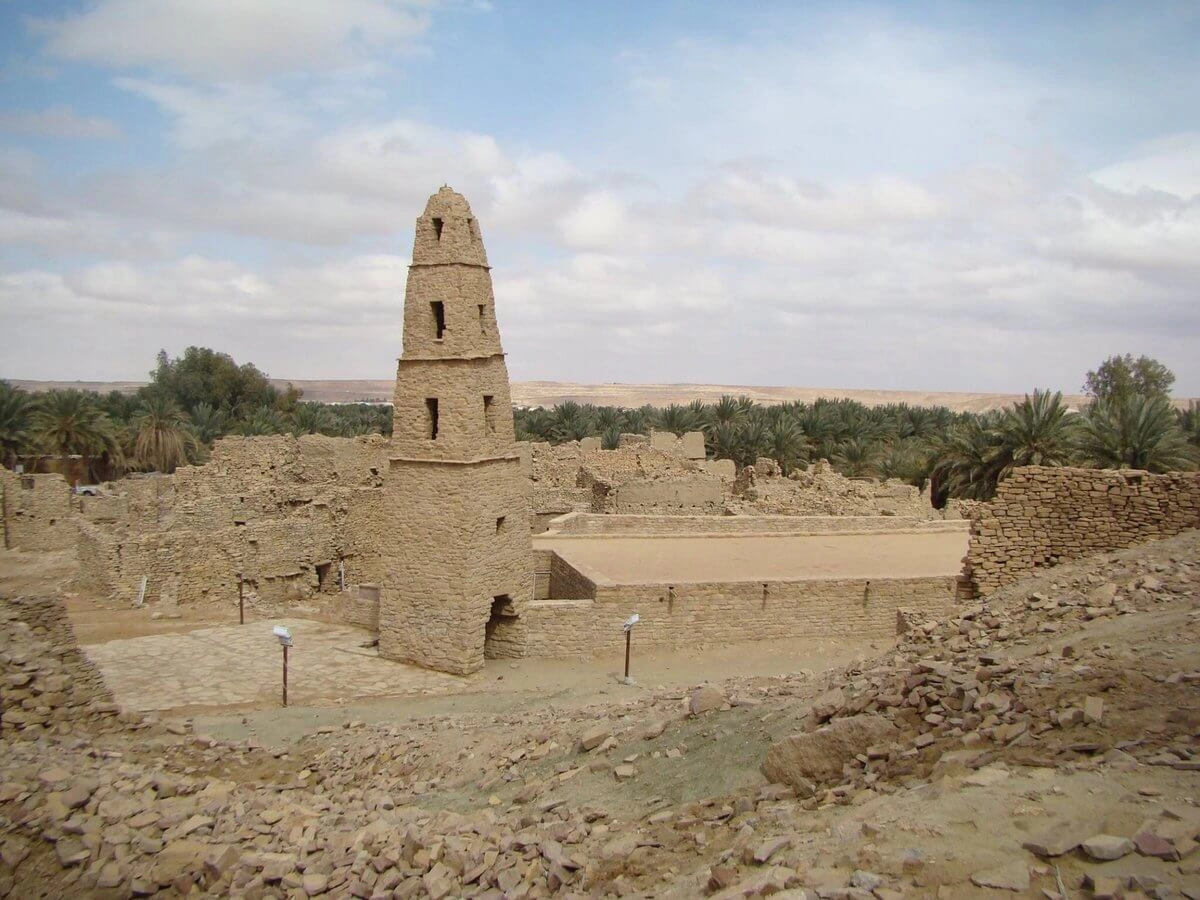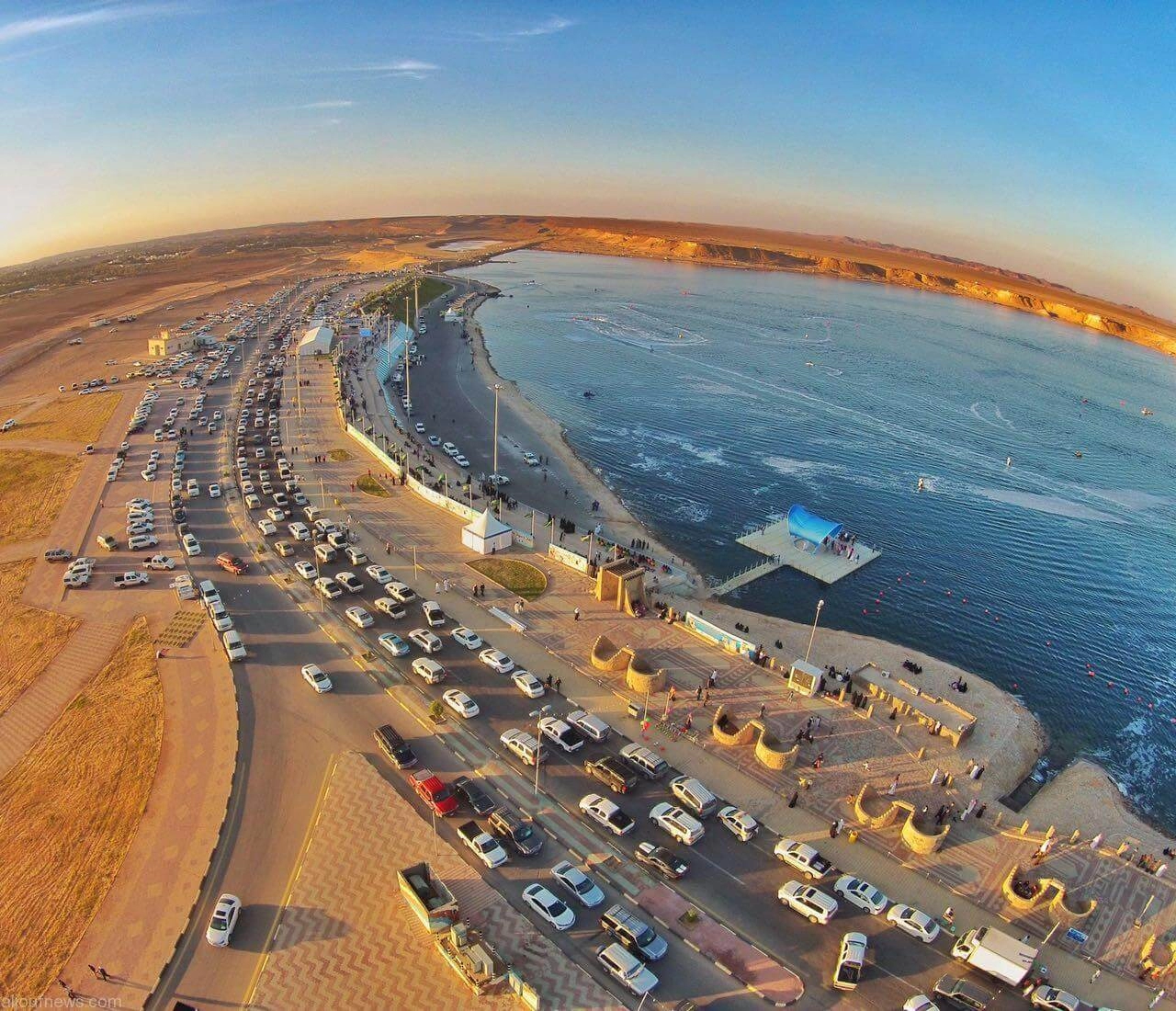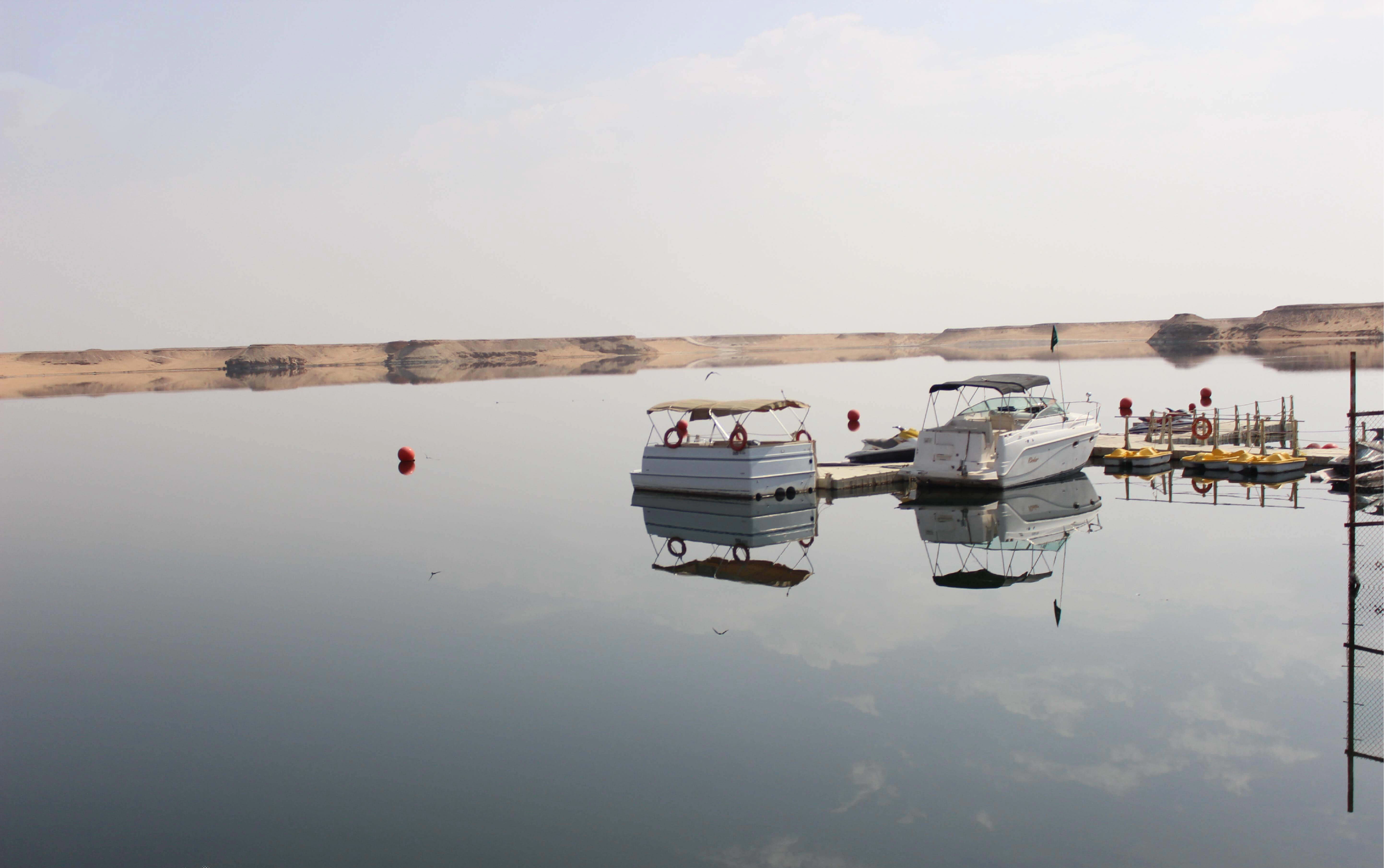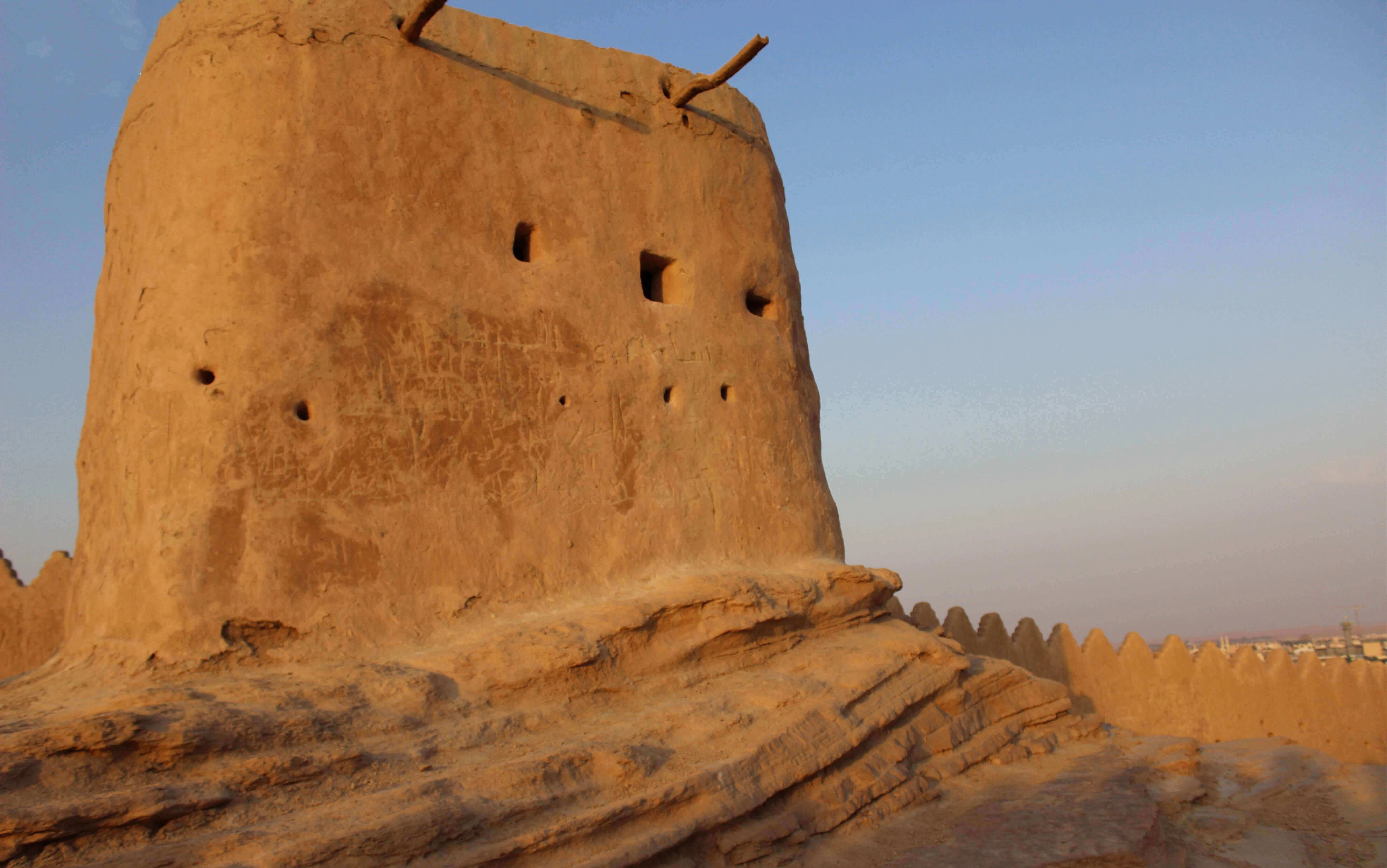About :
Marid Castle is one of the ancient historical military castles established in the city of Dumah Al-Jandal in the Al-Jowf area, as it is just around 50 kilometers from the city of Sakaka. This castle goes back to the first century AD and was referenced by Queen Zenobia in (240-274) when she invaded the cities of Dumah and Tayma but was unable to break inside the castle, and as a result she remarked (Mutiny of the Marid and Pride of Al-Ablaq)
The castle was established on a hill with an altitude of 620 meters from sea level, and it also overlooks the city of Dumah al-Jandal, which belongs to the Al-Jowf region on the western side, and this has helped a lot in fortifying it well, whoever overlooks from it sees long distances as well as the town clearly and widely, which makes it able to confront its enemies and prepare well before they arrive to eliminate them
It is also known as the castle of Marid (an Arabic word that indicates rebellion), as a result of its rebellion and difficulty in breaking into it, as stated by Yaqut Al-Hamwi.
The castle was used as a palace of the ruling and the seat of the governor in the old days, and the first to mention the castle in the old days was Zenobia, Queen of Palmyra, in the third century AD, when she conquered Dumah Al-Jandal but failed miserably in controlling or storming the castle of Marid.
At that time, the Queen decided to move to the city of Tayma to storm the city and the castle through it but failed, and at that time she said: 'Mutiny of the Marid and Pride of Al-Ablaq.'
When scientists and historians studied the castle they found that some of the historical monuments located in the castle date back to the Coptic era, and the existence of the castle continued and was used in the period of the emergence of Islam and until now in the modern era.
When you visit the castle, you will find that it was created in the form of an Oval, but in the old days it was in the form of a rectangle, and with its development, its shape has changed, and you can enter it through two main entrances, one of which is located south of the castle and the other entrance is to the north side next to a tower, and the castle was built in the form of two floors, the basement was built of stones, and the second floor was built of clay, and there are some developments that the castle witnessed later, such as adding 4 conical towers at a height of 12 meters, and two wells inside the castle
There are other rooms dedicated to observation, shooting, and guard activities, and the castle is surrounded by strong solid stone walls with observation holes in them. When you visit the castle, you will discover that it takes at least half an hour to climb the 1000 steps in a twisted design.
There are also conical towers in each of the castle's four directions, and the courtyard of the castle fort contains several clay chambers built with milk bricks on the northeast and southeast sides of the castle. These rooms were later added to the castle as part of the expansion plan that it undertook.
You can also find on the north-western side a two-story building that was built of stone, and the fort was also built of stone, while the upper parts of the building were built of clay
The research and studies have also proven after the excavation that the castle of Marid belongs to the Nabataean era, where it was established. They found artifacts in it, as well as pottery fractures and historical plans and pieces dating back to the Nabataean era.
 العربية
العربية الصينية
الصينية